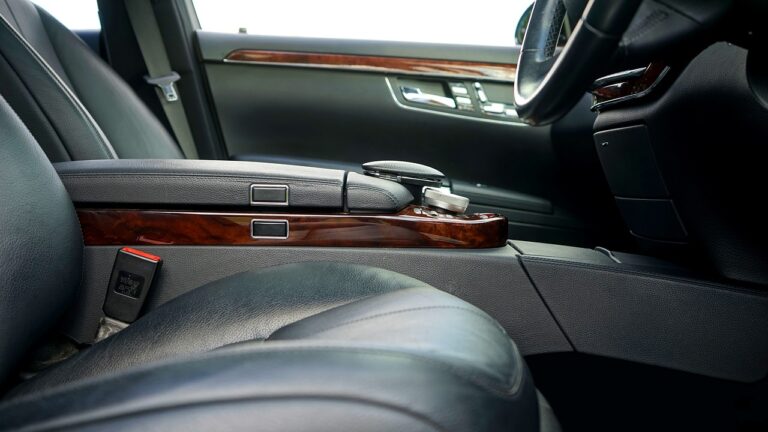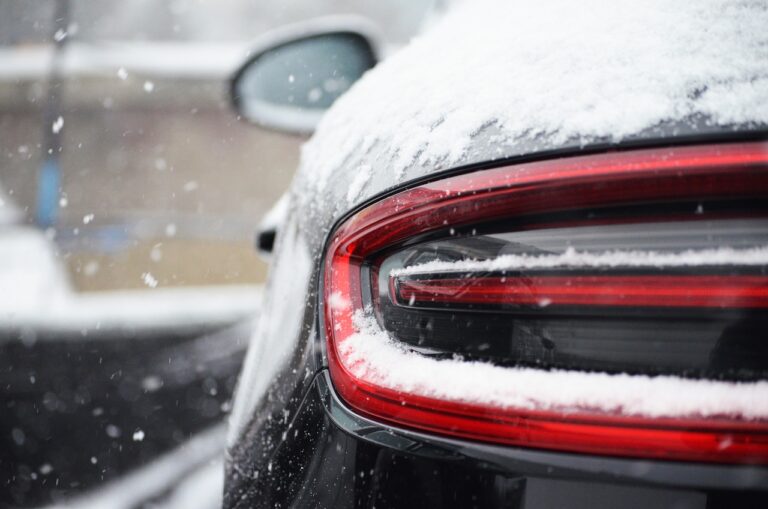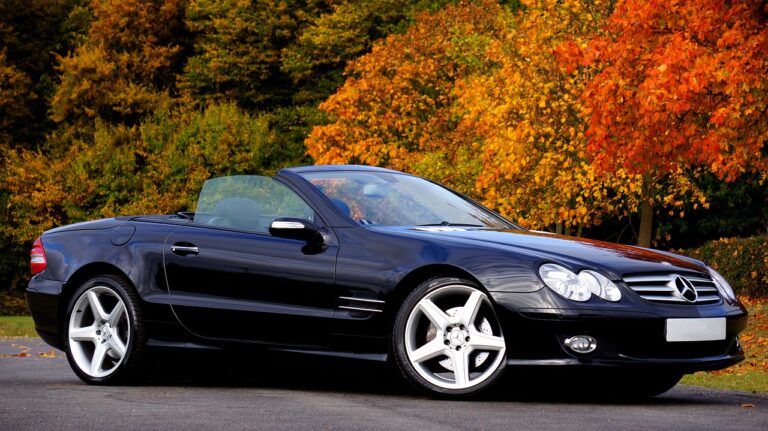Addressing Cyber-Physical Systems in Next-Generation Vehicles
Cyber-physical systems (CPS) in next-generation vehicles encompass a combination of technologies that bridge the gap between the physical and digital worlds. One key component of CPS in these vehicles is sensor systems, which play a crucial role in collecting data related to the vehicle’s surroundings and internal operations. These sensors include cameras, LiDAR, radar, and ultrasonic sensors, working collaboratively to provide real-time information for decision-making and control algorithms.
In addition to sensor systems, communication networks serve as another essential component of CPS in next-generation vehicles. These networks facilitate the exchange of data between various components of the vehicle, enabling seamless coordination and communication. With advancements in connectivity technologies such as 5G, vehicles can now communicate with other vehicles, infrastructure, and the cloud in near real-time, enhancing safety, efficiency, and overall user experience.
• Sensor systems are a key component of CPS in next-generation vehicles
• Sensors such as cameras, LiDAR, radar, and ultrasonic sensors collect data for decision-making
• Communication networks play a crucial role in facilitating data exchange within the vehicle
• Advancements in connectivity technologies like 5G enable real-time communication with other vehicles and infrastructure
Emerging Technologies in Automotive Cyber-Physical Systems
Automotive cyber-physical systems are increasingly integrating cutting-edge technologies to enhance vehicle performance and safety. One such emerging technology is vehicle-to-everything (V2X) communication, which enables vehicles to communicate with each other, infrastructure, pedestrians, and other road users. This technology allows for real-time data sharing, facilitating advanced driver-assistance systems and improving traffic management.
Another technology making waves in automotive cyber-physical systems is edge computing. By bringing computation and data storage closer to the source of data generation, edge computing minimizes latency and enhances the efficiency of in-vehicle systems. This enables quick decision-making processes within vehicles, crucial for autonomous driving capabilities and ensuring seamless connectivity in next-generation vehicles.
Challenges in Implementing Cyber-Physical Systems in Vehicles
When integrating cyber-physical systems (CPS) into vehicles, one of the primary challenges is ensuring the security of these systems. With the increasing complexity and connectivity of modern vehicles, the potential for cyber attacks poses a significant threat. Manufacturers must implement robust security measures to safeguard against unauthorized access and potential breaches that could compromise the safety and functionality of the vehicle.
Another key challenge in implementing CPS in vehicles is the need for standardization across the industry. As different manufacturers develop their own proprietary systems, interoperability issues can arise, hindering the seamless integration of various CPS components. Establishing common standards and protocols is essential to ensure that different systems can communicate effectively and work together harmoniously within the vehicle ecosystem.
What are the key components of Cyber-Physical Systems in next-generation vehicles?
The key components include sensors, actuators, controllers, communication networks, and software systems that integrate physical processes with computational elements.
What are some emerging technologies in automotive Cyber-Physical Systems?
Some emerging technologies include advanced driver assistance systems, connected vehicles, autonomous driving features, and vehicle-to-vehicle communication.
What are some of the challenges in implementing Cyber-Physical Systems in vehicles?
Some challenges include cybersecurity risks, interoperability issues between different systems, ensuring safety and reliability, and managing the complexity of integrating multiple technologies.







